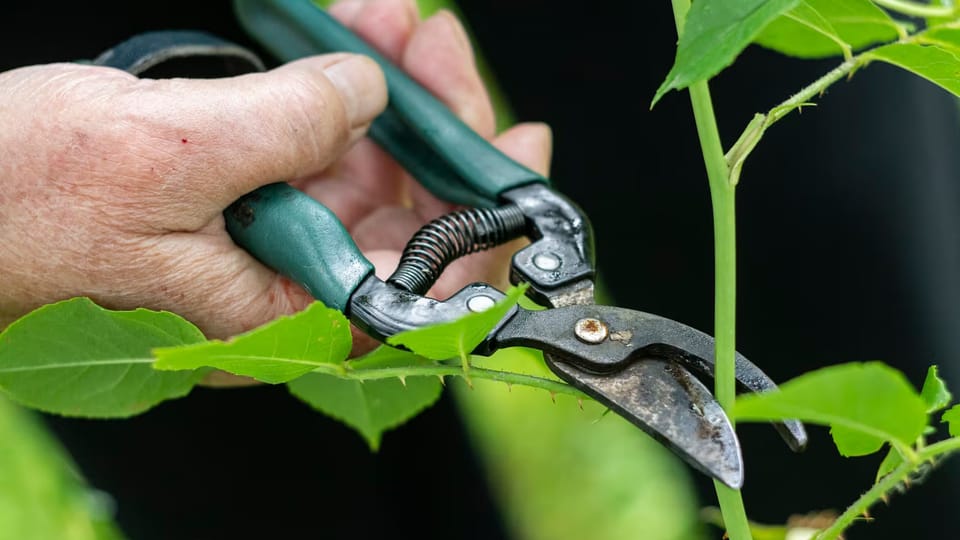Care Without Clinging

You’ve designed for months, fine-tuned every pixel, transition, and word. The prototype feels alive in your hands. Then the client announces they are moving in a different direction. The room falls silent. You nod, but inside it feels like your hard drive has been erased.
Products live in a messy web of forces like user needs, business goals, technical limits, operational constraints, and ethical boundaries. Your work is one voice in a crowded room. Even if your solution is elegant, it may conflict with manufacturing costs, marketing priorities, or legal risk. In the short term, detachment feels like surrender. In the long term, it keeps you from burning out, making enemies, or fighting battles that don’t move the whole system forward.
Attachment happens when your sense of worth gets tied to one piece of work. The more you identify with a single design, the harder it becomes to adapt to new problems. It narrows your vision and keeps you defending decisions long after they have stopped making sense. You might cling to a feature while the product moves on, resist necessary changes, or miss signs that the context has shifted. Over time, this does not build trust. It erodes it because people see you protecting the work instead of the mission.
Detachment does not make you care less. It allows you to care for longer. Many believe that staying emotionally tied to one outcome shows commitment. In reality, it often drains your influence before the critical decisions are made. Detachment is not disengagement. It means putting the mission above the artefact. It is like pruning a tree. You cut a healthy branch not because you dislike it, but because you want the tree to grow.
In architecture competitions, the winning concept evolves so far through engineering, regulation, and budget revisions that it barely resembles the original submission. Architects who stay adaptable tend to keep their seat at the table through those changes. Those who cling to early sketches often see their role diminish, even when their original idea was strong.
It’s the same in filmmaking. Director Ridley Scott famously re-shot entire sequences of Blade Runner based on new insights from test screenings. Those changes were painful, but they turned a commercial disappointment into a cultural icon. Creative history is full of examples where detachment, not stubbornness, kept the creator relevant.
Psychologist Carol Dweck’s work on the growth mindset explains that people who see their abilities and outputs as evolving adapt faster to setbacks than those who view them as fixed. In design, this means seeing your work as one version in a long chain of versions, not a single defining statement.
As the Japanese concept of mushin teaches, “the mind without clinging”. It says freedom comes when you act fully in the moment without gripping the outcome. Bruce Lee put it another way: “Be water, my friend.” Water shapes itself to any container, flows around obstacles, and never loses its nature.
You are not your work, and your work is not the mission.
In the next 48 hours, pick one piece you’ve been over-defending. Ask a trusted peer to challenge it without you defending it back. Notice how it feels. That discomfort is the gap between attachment and detachment, and learning to hold that gap is what will keep you in the game far longer than any single design ever will.
A practical way to work on detachment this week
Name the mission, not the artefact
When presenting, start with the problem you’re solving, not the object you’re showing.
Set a pivot trigger
Decide in advance what signal would make you change course: data, cost shift, or leadership change.
Archive with intention
Keep a “design graveyard” folder. When you let go of work, store it there. You’ll be surprised how often you reuse fragments.
In the end, detachment is a long-term investment in your creative longevity. It’s what lets you step into the next project without the weight of the last one slowing you down. Designs will change, features will vanish, and decisions will be overturned, but your role as a problem-solver endures.
When you can care without clinging, you stay open, collaborative, and ready for the next challenge, no matter how many branches you have to prune along the way.
Member discussion